Disbursement of public investment pursued further
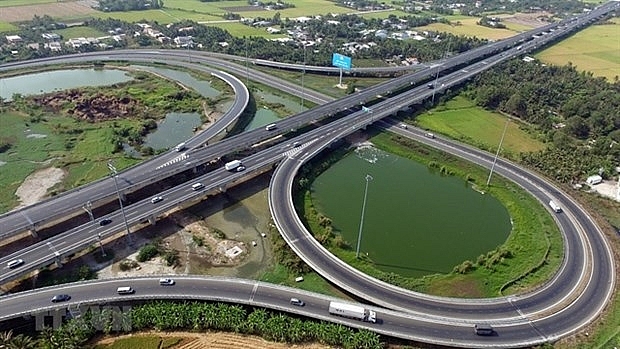 |
| HCM City - Trung Luong Expressway runs through Tan An, Long An province. Photo: VNA |
Over many years, Hanoi’s Pham Van Dong street has always been jam-packed with vehicles, with traffic jams seen almost every day.
However, the situation will be resolved over the next few months when the 5.37km Mai Dich-South Thang Long flyover will become operational after nearly two years of construction. The project costs more than VND5.34 trillion ($232 million). Currently, workers are working day and night on the surface of the bridge.
The bridge connects the inner city with Thang Long bridge and Vo Van Kiet road to Noi Bai International Airport, and also connects the city’s big industrial parks and Hanoi with northern provinces, making it easier to transport goods.
Not far from this flyover, another is about to be completed, with total investment capital of VND560 billion ($24.3 million), crossing Hoang Quoc Viet and Nguyen Van Huyen streets. The 278m bridge is being lengthened by a new road that meets with Samsung’s $220 million research and development project.
It is expected that this flyover will also come into use over the next few months.
According to Hanoi People’s Committee, these two ventures are among five key state-funded infrastructure projects to be implemented in Hanoi this year, aiming to solve frequent traffic jams which have been a nightmare for residents for years.
Over the next two years, Hanoi will also use its budget to invest into infrastructure projects. In June, the committee adopted a resolution on using VND34.64 trillion ($150.6 million) to fund the construction of six new large-scale flyovers in the inner city by 2022. The committee also decided to pour money into another four transport and technical infrastructure projects, with the total capital of VND713.3 billion ($31 million).
In 2020, the city was given VND40.67 trillion ($1.77 billion) for public investment by the government. In the first seven months of 2020, the rate of public investment disbursement hit 48.6 per cent, which is expected to be 100 per cent until the year’s end.
Hanoi is among many localities nationwide hurrying up public investment disbursement with a high rate. The government last week reported that the average rate increased 52 per cent on-year in the first seven months of 2020. In the first five months, the rate was only 26.2 per cent.
“There has been good progress in public investment disbursement, but the speed must be accelerated,” said Prime Minister Nguyen Xuan Phuc, demanding that amid the complicated COVID-19 affecting all economic sectors, “boosting public investment disbursement must be considered a prime political task now.”
“If we fully disburse all VND633 trillion ($27.5 billion) worth of public investment nationwide for 2020, GDP will rise by an additional 0.4 per cent, and more private investment will be attracted, more employment will be created, and more materials will be consumed,” PM Phuc said.
In the first half of the year, the economy grew only 1.81 per cent on-year, and the government is expected to reach the rate of about 2.8-3 per cent this year, which will be spurred on significantly by public investment disbursement.
According to the Ministry of Finance, as of July 31, 12 ministries and central agencies, and 38 localities reached a disbursement rate of over 35 per cent, including six hitting over 55 per cent. These include Vietnam Cooperative Alliance (100 per cent), Vietnam Bank for Social Policies (99.4 per cent), the Ministry of Home Affairs (62.8 per cent), Vietnam Development Bank (61 per cent), and the provinces of Tien Giang (74 per cent), Nghe An (69.2 per cent), Lang Son (63.4 per cent), Hung Yen (58.2 per cent), Ninh Binh (56.8 per cent), Phu Tho (56.3 per cent, Ha Nam (55.5 per cent), and Thai Binh (55.2 per cent).
The government has ordered ministries and localities to quickly review all state-funded projects so that they can be both constructed and put into operation soon, in service of socioeconomic development and attracting more private investment.
PM Phuc also last week reiterated that all projects with slow disbursement have to see their investment capital transferred this month. Leaders of ministries and localities with such projects will face possible punishments.
| There are a number of actions that the authorities can undertake to improve the efficiency of public investment, including in the short term. They can accelerate the transfers from the capital investment budget to line ministries and provinces, which suffer from significant delays. This could also be achieved by (i) setting targets and holding respective leaders accountable; (ii) quickly reviewing all portfolios at all levels to find fast-disbursing projects, then providing incentives for them to disburse further; and (iii) giving due attention to large infrastructure projects by resolving land clearance/settlement and procurement including through the provision of advance funds for preparation of procurement and safeguard plans. Special attention should be placed on official development assistance disbursements, which have been stubbornly slow in recent years. Equally important would be to encourage the extension of public works programmes at the decentralised levels, which would not only stimulate the local demand but also provide jobs to vulnerable groups in targeted sectors and locations. Source: World Bank, July 2020 |
What the stars mean:
★ Poor ★ ★ Promising ★★★ Good ★★★★ Very good ★★★★★ Exceptional
Related Contents
Latest News
More News
- M&A prospects bright in many sectors (November 21, 2024 | 11:54)
- M&As working in tandem with health development (November 21, 2024 | 11:29)
- Slow disbursement hinders ambitions (November 21, 2024 | 09:00)
- Mitsubishi Estate launches Logicross Hai Phong - a milestone in logistics evolution (November 20, 2024 | 14:32)
- Semiconductor workforce partnerships deliver industry-relevant training (November 20, 2024 | 10:58)
- German Quickpack to invest $31.7 million in Long An province (November 20, 2024 | 09:31)
- Foreign-invested enterprises drive logistics investment in the southeast region (November 20, 2024 | 09:27)
- Chile visit underscores trade benefits (November 19, 2024 | 10:00)
- Trump’s second term impacts sci-tech activities and industry 4.0 technologies (November 18, 2024 | 10:00)
- Vietnam eyes nuclear revival to bolster energy security (November 14, 2024 | 16:46)


 Tag:
Tag:
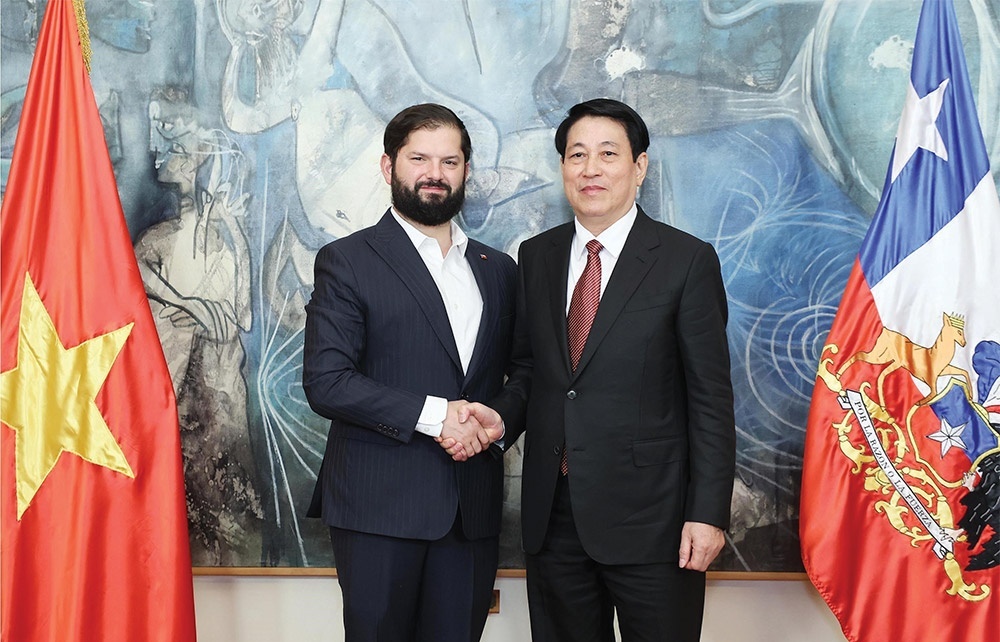
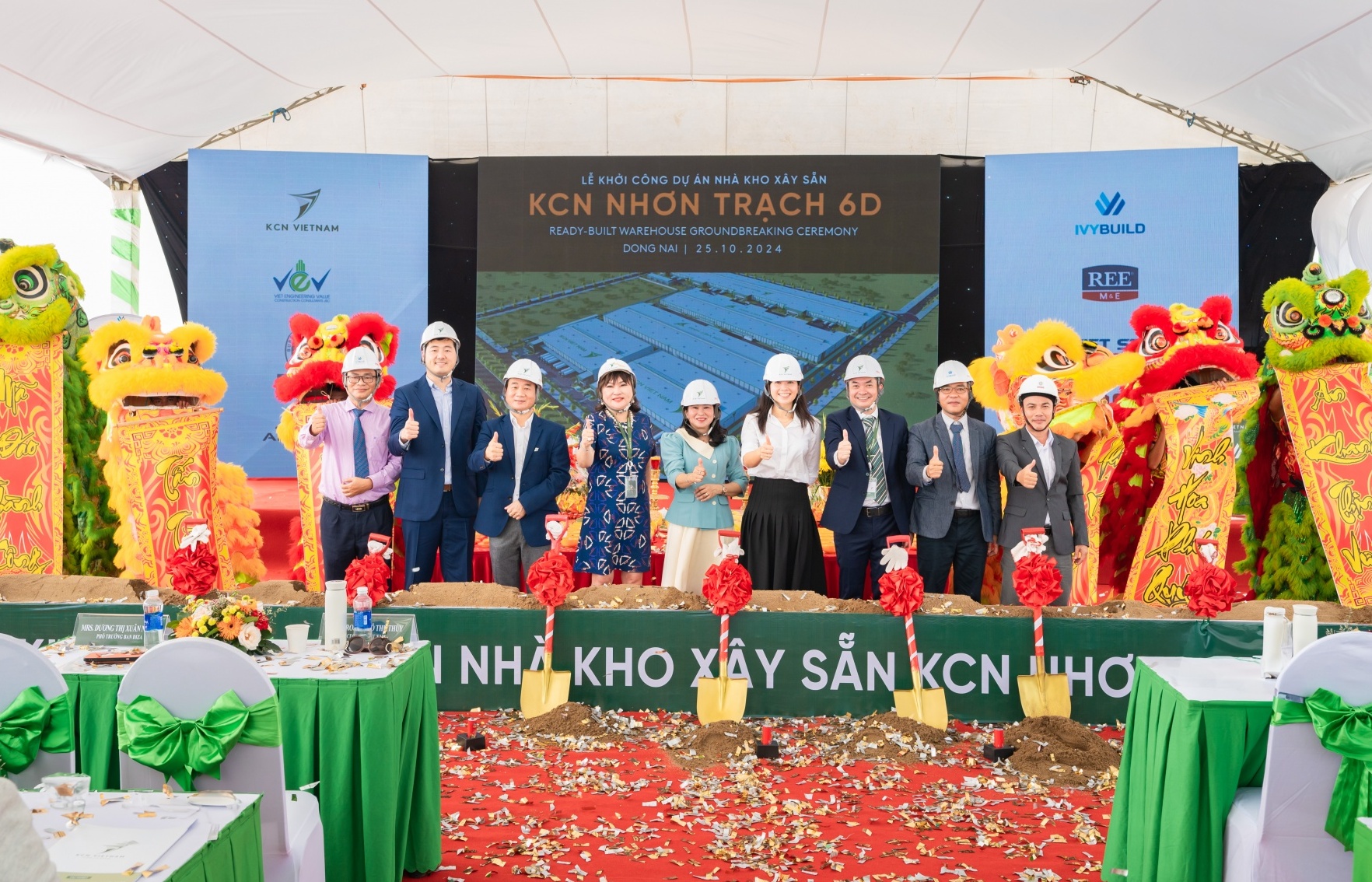

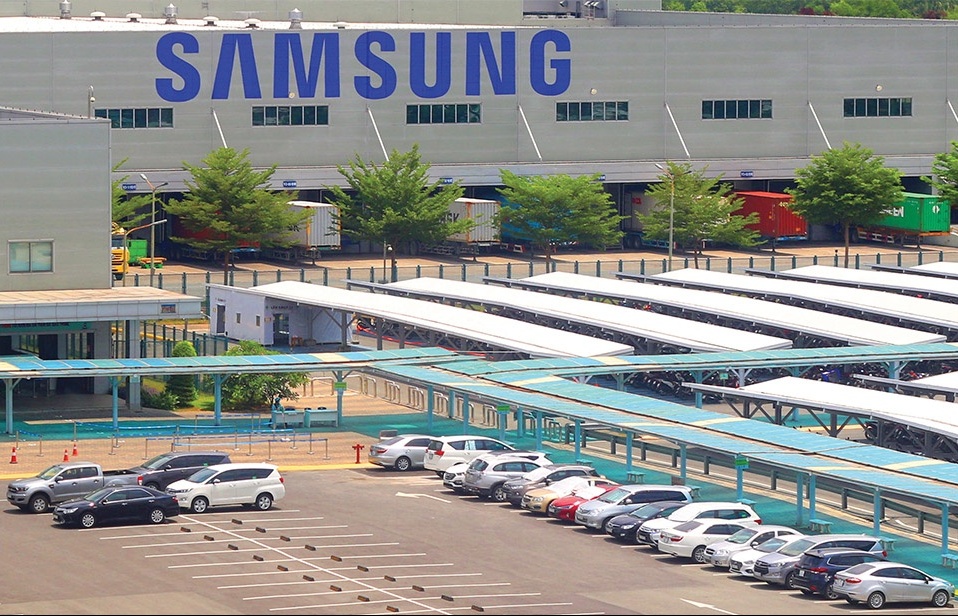
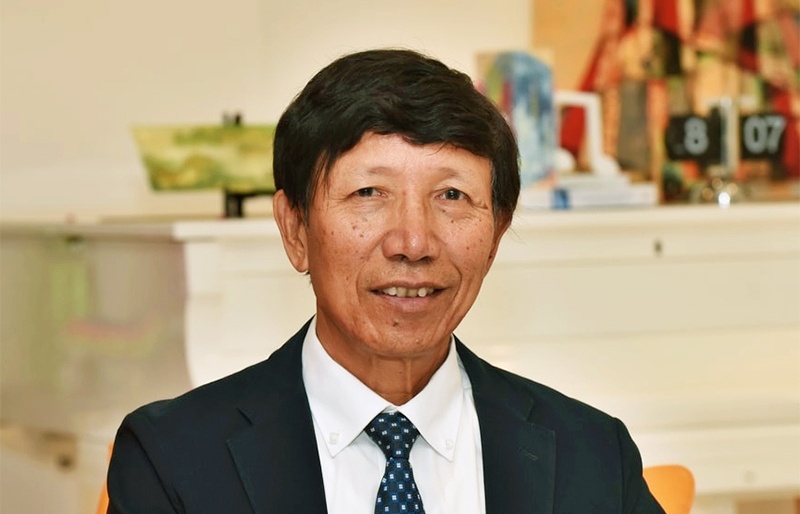














 Mobile Version
Mobile Version